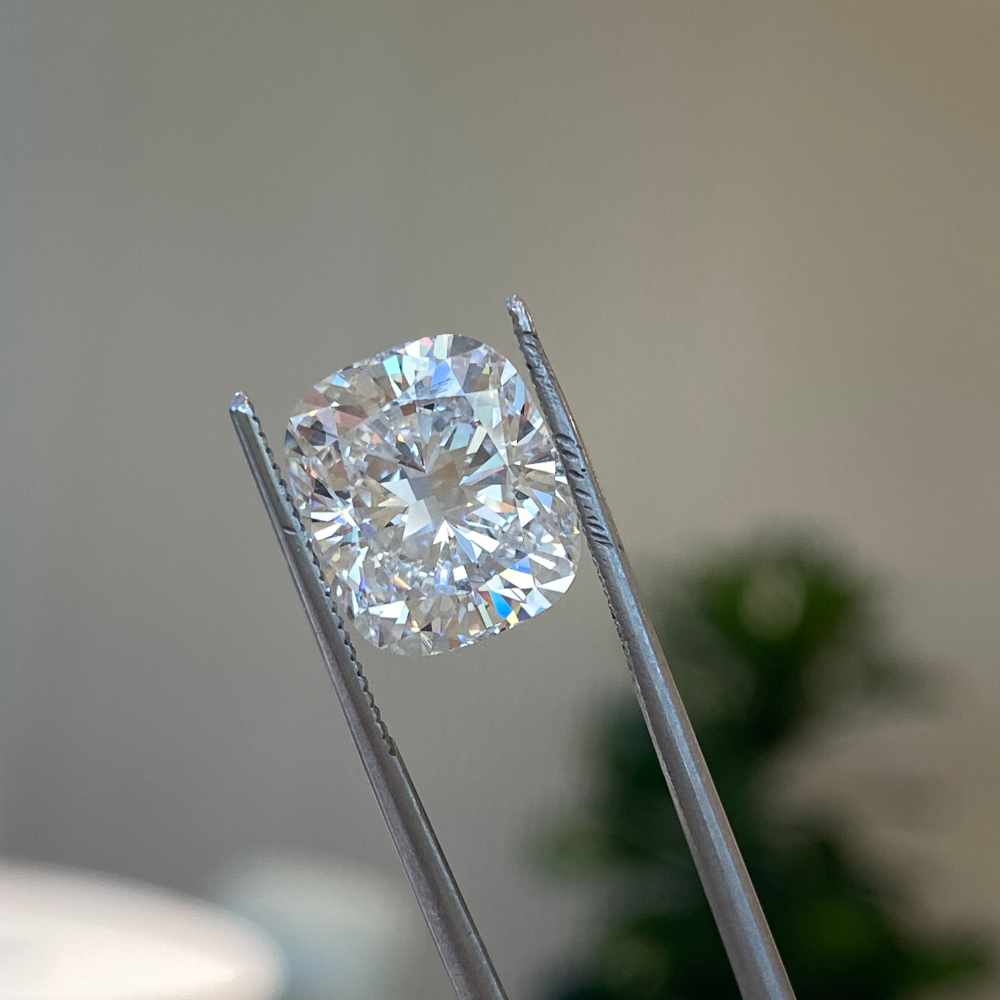Chemically, physically, and optically, lab grown diamonds are identical to natural diamonds. They share the same hardness, brilliance, and fire, making them impossible to distinguish with the naked eye.
Gemologists with special training and tools can detect small differences between the two through detailed examinations under high magnification. The main differences between lab grown and natural diamonds lie in their microscopic details and internal structures. Natural diamonds form with octahedral growth patterns and often include inclusions from natural minerals. Lab grown diamonds display slightly different growth patterns and may contain metallic inclusions from the production process. Additionally, many lab grown diamonds feature a tiny laser inscription on their girdle that identifies them as lab created. These distinctions can only be observed with specialized gemological tools that detect unique fluorescence patterns and internal characteristics.
Think you can tell the difference between lab grown and natural diamonds just by looking? Test your eye with these side-by-side images and see how well you do.

Answer: The center diamond in the top row and the left diamond in the bottom row are natural diamonds. The other four diamonds are lab grown.
Could you spot the difference? Most people find it nearly impossible to distinguish between lab grown and natural diamonds with just their eyes. This similarity is part of what makes both options so appealing. Whether you choose a lab grown diamond or a natural diamond, you’re selecting a timeless gem that’s beautiful and brilliant.
Interested in learning more about diamonds? Check out our other Diamond Guides: Diamond Cut, Diamond Clarity, Diamond Carat, Diamond Color, Diamond Shape, Lab Grown Diamonds, Moissanite vs. Diamond, Moissanite vs. Lab Diamond, Cubic Zirconia vs. Lab Diamond, How Are Lab Grown Diamonds Made?, MM to Carat





